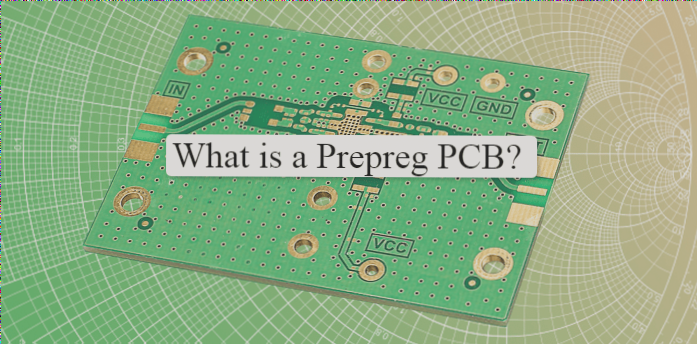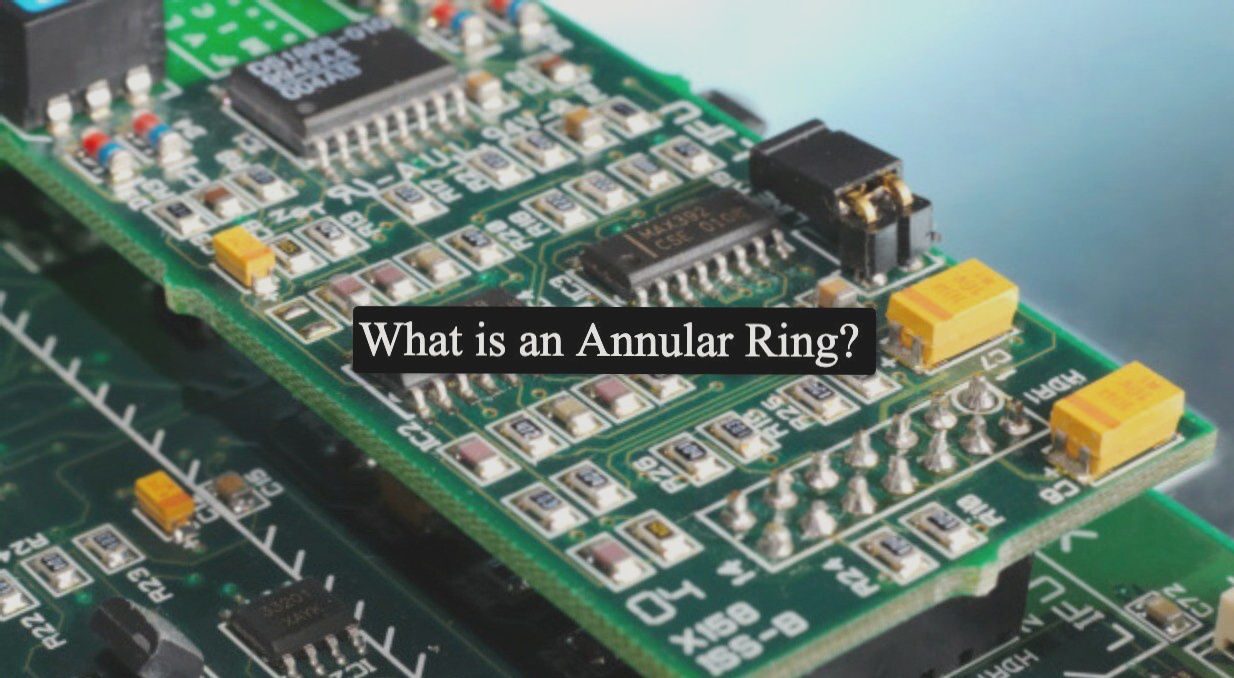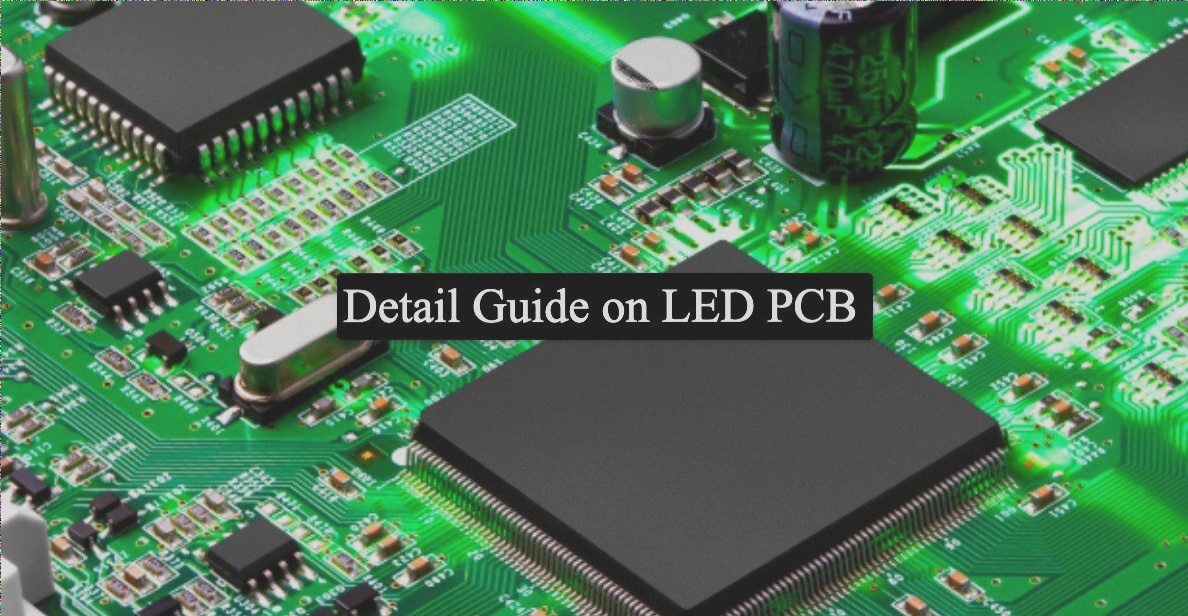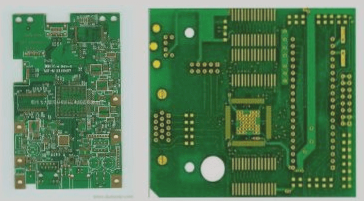Magnetic Beads in PCB Circuits: A Comprehensive Guide
Magnetic beads play a crucial role in suppressing high-frequency noise and interference on signal and power lines in PCB boards. They are designed to absorb electrostatic pulses and are commonly used in various circuits to eliminate RF noise and improve signal quality.
Applications of Magnetic Beads
- RF circuits
- PLLs
- Oscillator circuits
- DDR SDRAM and RAMBUS
- LC oscillator circuits
- Medium and low-frequency filter circuits
Function and Benefits of Magnetic Beads
Magnetic beads act as inductance storage and high-frequency resistors, allowing DC signals to pass through while filtering out AC signals. They help in eliminating electromagnetic interference and improving the overall performance of the circuits. Chip magnetic beads offer benefits such as miniaturization, lightweight design, high impedance, and effective operation in a wide frequency range.
Selection Criteria for Magnetic Beads
- Determine the frequency range of the unwanted signal
- Identify the noise source
- Determine the required noise attenuation
- Consider environmental conditions
- Evaluate the circuit and load impedance
- Ensure space availability on the PCB board
Choosing Between Chip Beads and Chip Inductors
The decision to use chip beads or chip inductors depends on the application. Chip inductors are essential in resonant circuits, while chip beads are preferred for eliminating unwanted EMI noise. Common applications include RF and wireless communications, information technology equipment, automotive electronics, and more.





